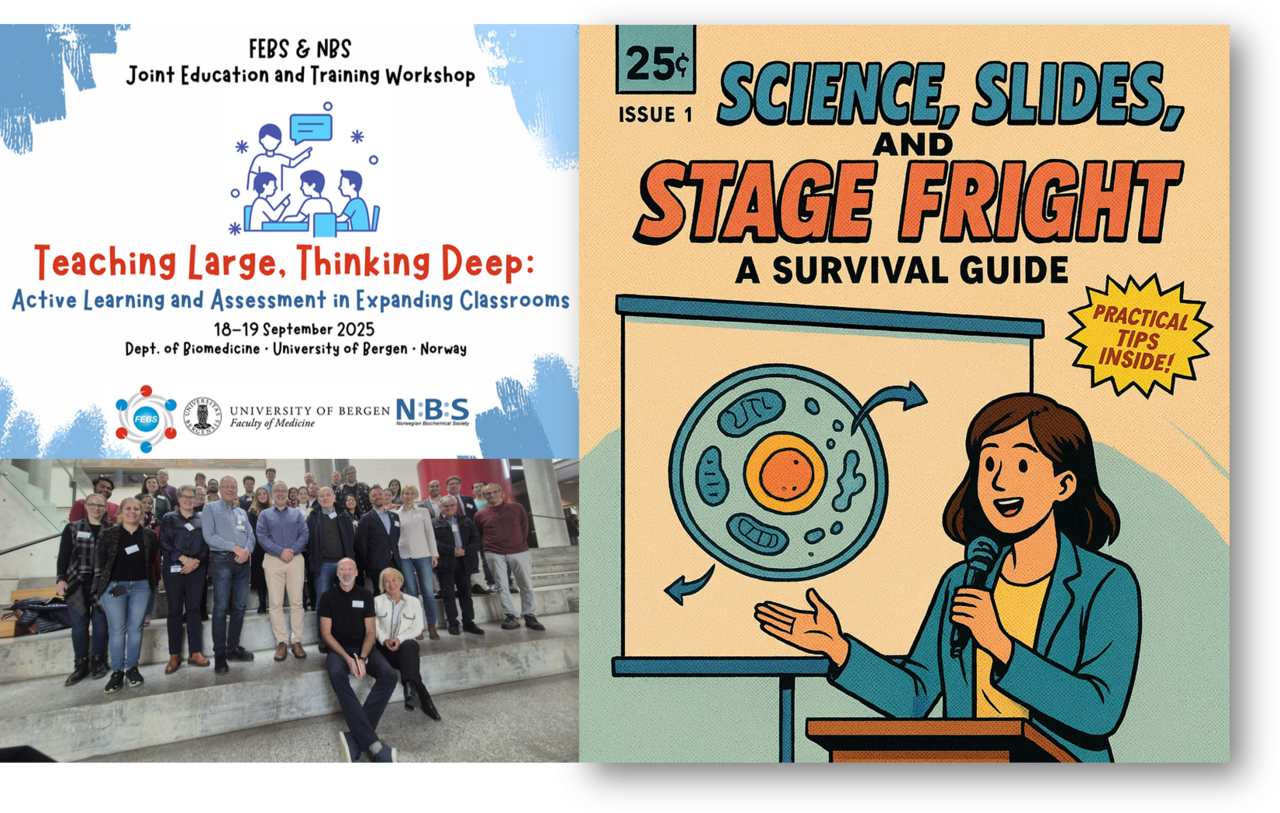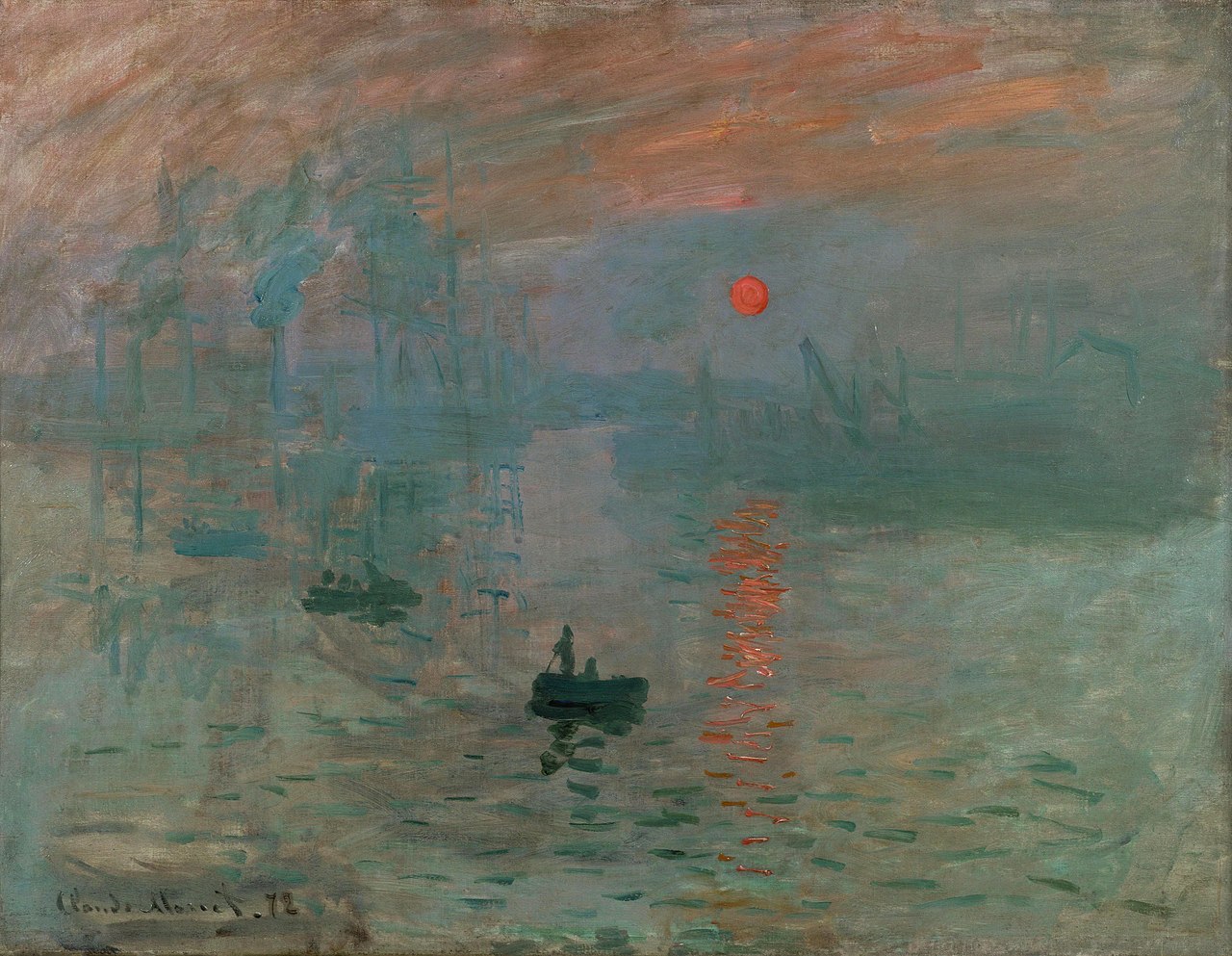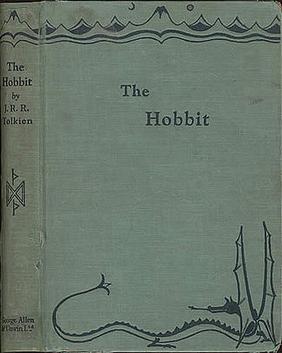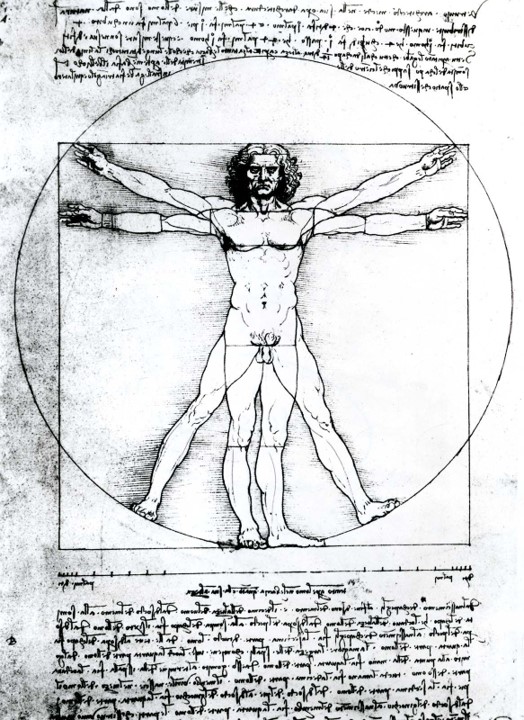The Art of Connection: Lessons from the Bergen Workshop

Last week in Bergen, I had the pleasure of meeting young academics for my workshop “Science, Slides, and Stage Fright: A Survival Guide.” It was part of the transferable skills package for young researchers in the FEBS & NBS Joint Education Workshop, two days filled with talks, practical sessions, and vibrant conversations about teaching and learning with @Knut Teigen, @Ferhan Sagin, @Jerka Dumic, @Frank Michelangeli, @Didier Picard, @Manuel João Costa, @Nino Sincic Ayhan Çalışkan, Marit Øilo, and Monika Kvernenes
When we talk about presenting, we often think only about information transfer. But across cultures and centuries, humans have always learned through storytelling. Teaching and learning have always been social and communal experiences, and emotions have always been central to how we connect with knowledge. Even as technology reshapes the way we share information from chalkboards to slides to AI, the need to inspire, connect, and engage remains timeless.
In Bergen, one participant wrote in their feedback:
“I learned reaching for perfection is not the ultimate goal.”
That line captures something essential: presenting is not about being flawless. It is about being human, sharing meaning, and creating connection.
I framed this workshop around art, because presenting is, at its heart, an art form. Here are five lessons we can borrow from art and literature:
1. Minimalism → Slide Design

Why: Like minimalist art, what you leave out matters as much as what you keep.
Practical tip: Fewer words per slide, generous white space, one message per slide. If the audience can’t read and listen at the same time, you’ve lost them.
2. Impressionism / Expressionism → Embracing Imperfection

Why: Monet and Munch didn’t aim for photographic accuracy, they aimed for impression and emotion. Similarly, presentations aren’t judged by flawlessness but by resonance.
Practical tip: Don’t script every word. Speak naturally, allow pauses, let your passion show. The audience remembers how you made them feel, not whether every sentence was perfect.
3. Drama → Structure and Flow

Why: Good drama is anticipation mingled with uncertainty. A talk should build tension and resolution, not just stack facts.
Practical tip: Connect slides like scenes in a play: signal transitions, vary rhythm, and give the audience time to breathe.
4. The Opening Line of a Novel → The Hook
Why: Neuromancer’s “The sky above the port was the color of television…” or Tolkien’s “In a hole in the ground there lived a hobbit.” both tell you what kind of story you’re in. The first moments of a talk set tone and expectation.
Practical tip: Start with a question, striking fact, or vivid image. Avoid “Today I will talk about…” begin with something that makes them lean in.

5. “Show, Don’t Tell” → Visualizing Science
Why: Art and literature show us that demonstration is more powerful than description. Science is no different.
Practical tip: Replace blocks of text with diagrams, figures, or photos. Let data and images carry the point, while you provide the story.
The Bergen workshop showed once again what makes FEBS Education events so valuable: the chance to learn not only from speakers and sessions, but from each other. My thanks to @Ferhan Sagin, @Knut Teigen , and the FEBS Education Committee for creating such a supportive space.
Workshops like these remind us that teaching and learning are shared, communal experiences and that the conversations don’t end when the program closes. I look forward to future FEBS workshops where we can continue building ideas, confidence, and connections together.





Join the FEBS Network today
Joining the FEBS Network’s molecular life sciences community enables you to access special content on the site, present your profile, 'follow' contributors, 'comment' on and 'like' content, post your own content, and set up a tailored email digest for updates.